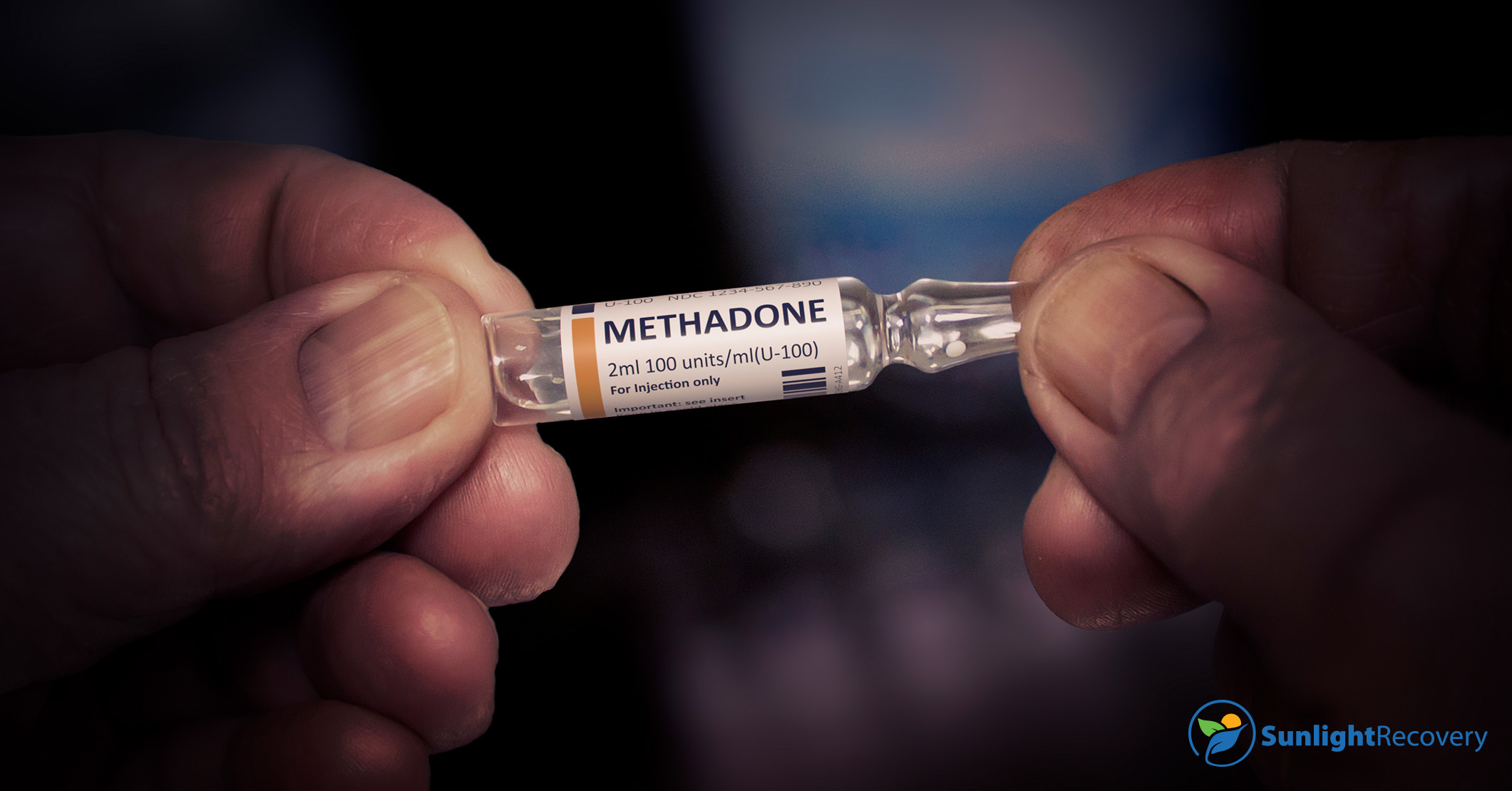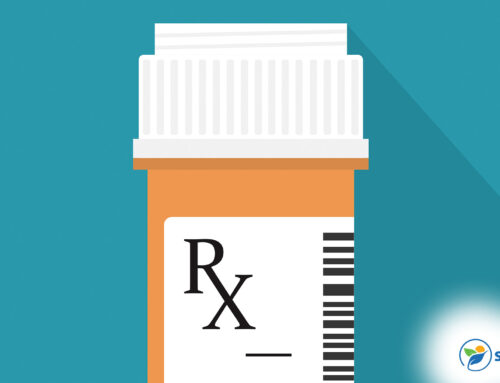Your provider may recommend methadone therapy if you abuse opioids such as heroin or painkillers. However, there are several myths around methadone treatment that could leave you wondering: Is methadone bad for you?
While there are several potential methadone side effects, engaging in a methadone maintenance program is a proven way to help you recover from addiction and enjoy a happier, healthier life. Below, we’ll explore methadone side effects and how to manage them to increase your chances of a full recovery.
What Is Methadone and Why Is It Used?
Methadone is an opioid medication commonly used to treat addictions to other opioid drugs, such as heroin. Some people abuse methadone by purchasing it illegally for its psychoactive effects.
However, when administered by health care professionals in an inpatient or community setting, methadone maintenance treatment can help people with opioid addictions avoid many of the risks of illicit drug use. It can also reduce the chance of relapses by relieving drug withdrawal symptoms. Therefore, a methadone maintenance program can help you enjoy a more productive, healthy lifestyle.
What Are the Immediate Methadone Side Effects?
Generally, methadone starts to work after around 30 minutes. The dosages used to treat addictions don’t typically cause euphoria, but you may experience psychoactive effects if you take more than the prescribed dose. People receiving methadone maintenance treatment take their medication under supervision to ensure they get the correct amount.
Many people don’t experience adverse symptoms while taking methadone or experience minor, manageable side effects. You may notice the following methadone side effects:
- Stomach pain
- Vomiting
- Flushed skin
- Changes in vision
- Dry mouth
- Headache
Often, methadone side effects improve as your body gets used to the medication. If your symptoms don’t get better or are severe, speak to your health care team. Your provider can recommend ways to manage side effects and increase your chances of successful treatment.
Methadone maintenance treatment can occasionally cause more serious side effects, such as seizures, hallucinations or breathing difficulties. These issues are more common at the start of a methadone maintenance program. Therefore, your health care provider will monitor you closely during the first few weeks of treatment to determine the correct dosage.
What Are the Long-Term Side Effects of Methadone?
There are several potential long-term side effects of methadone. These include:
- Irregular menstruation
- Weight gain
- Reduced libido
- Erectile dysfunction
- Mood changes
- Sleep problems
Your provider can help you manage any long-term methadone side effects by adjusting your dose or suggesting lifestyle changes.
Risk of Dependency
You can become dependent on methadone during medication-assisted treatment. However, that doesn’t mean a methadone maintenance program is the wrong option for you. Being dependent on methadone is significantly safer than being dependent on street opioids because you won’t risk taking potentially impure drugs. Furthermore, it can significantly reduce your risk of accidentally overdosing or contracting HIV due to needle sharing.
Taking too much methadone increases the likelihood of psychological or physical dependence. Fortunately, the risk of taking too much of the medication is greatly reduced in a treatment program because of the high level of medical supervision. Consult your provider if your medication no longer works well. They can adjust your dose or recommend other ways to support your recovery.
Methadone Withdrawal Symptoms
Stopping taking methadone can cause withdrawal symptoms. Generally, withdrawal symptoms of long-acting opioids like methadone start later and last longer than short-action opioids such as heroin. People usually begin experiencing symptoms between 12 and 48 hours after their last dose, and the effects typically last from 10 to 20 days. Common methadone withdrawal symptoms include:
- Nausea
- Vomiting
- Difficulty sleeping
- Diarrhea
- Increased sweating
- Muscle cramps
- Dry eyes
You should always speak to your provider before stopping methadone. Generally, the longer you continue your treatment, the higher your chances of recovery. Therefore, your health care team may recommend continuing your medication-assisted therapy for as long as possible.
If you want to stop taking methadone, your provider will likely suggest tapering your dose gradually to reduce the risk of withdrawal symptoms. This means taking slightly less methadone over an agreed period to allow your body to adjust. Often, people receive psychosocial support while reducing their methadone dosage to help them manage the physical and emotional effects.
Tell your provider if you experience unpleasant side effects while withdrawing from methadone. They may recommend medications to help manage your symptoms. Self-care measures like drinking plenty of water can also help prevent dehydration if you’re experiencing sweating or diarrhea.
Interactions With Other Medications
Methadone can interact with other substances, so you should tell your provider if you take other illicit or prescribed drugs. Taking methadone with other opiates, such as heroin or codeine, can increase your risk of an overdose. Alcohol can also enhance the effects of methadone and make an overdose more likely, so you should limit your consumption if you drink alcohol. Your provider can advise you on safe drinking limits during your treatment program.
Prescribed medications to treat other medical conditions can also affect how your body processes methadone. For example, certain drugs used to treat HIV or tuberculosis can cause you to metabolize methadone more quickly. Therefore, your provider may adjust your methadone dose to reduce the risk of withdrawal symptoms.
People who take methadone often develop an opioid tolerance, which means they need higher doses of certain pain medications to achieve relief. If you need pain relief, discuss your methadone treatment with your doctor. They can suggest non-opioid medicines to reduce pain effectively.
Managing Methadone Side Effects
You can often manage methadone side effects by practicing self-care or using over-the-counter remedies. Your health care team can support you in finding the most effective strategies. Common options include:
- Taking over-the-counter painkillers to treat headaches
- Staying hydrated to reduce constipation and nausea
- Using hydrating eye drops to relieve dry eyes
- Eating a healthy, high-fiber diet to support digestion
Severe or long-lasting methadone side effects can indicate your dose is incorrect. Your provider may adjust your dose to relieve troublesome side effects.
Get Expert Support Today
If you or someone you love is struggling with an addiction to heroin or opioids, a methadone maintenance program can help you achieve freedom from drugs. The expert team at Sunlight Recovery can develop a tailored medication-assisted treatment program to suit your unique needs and goals. Contact us today to schedule an appointment and explore your treatment options.






